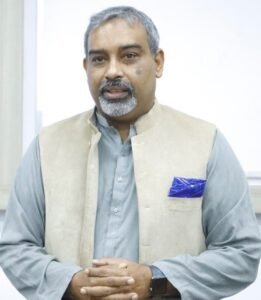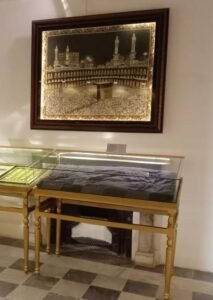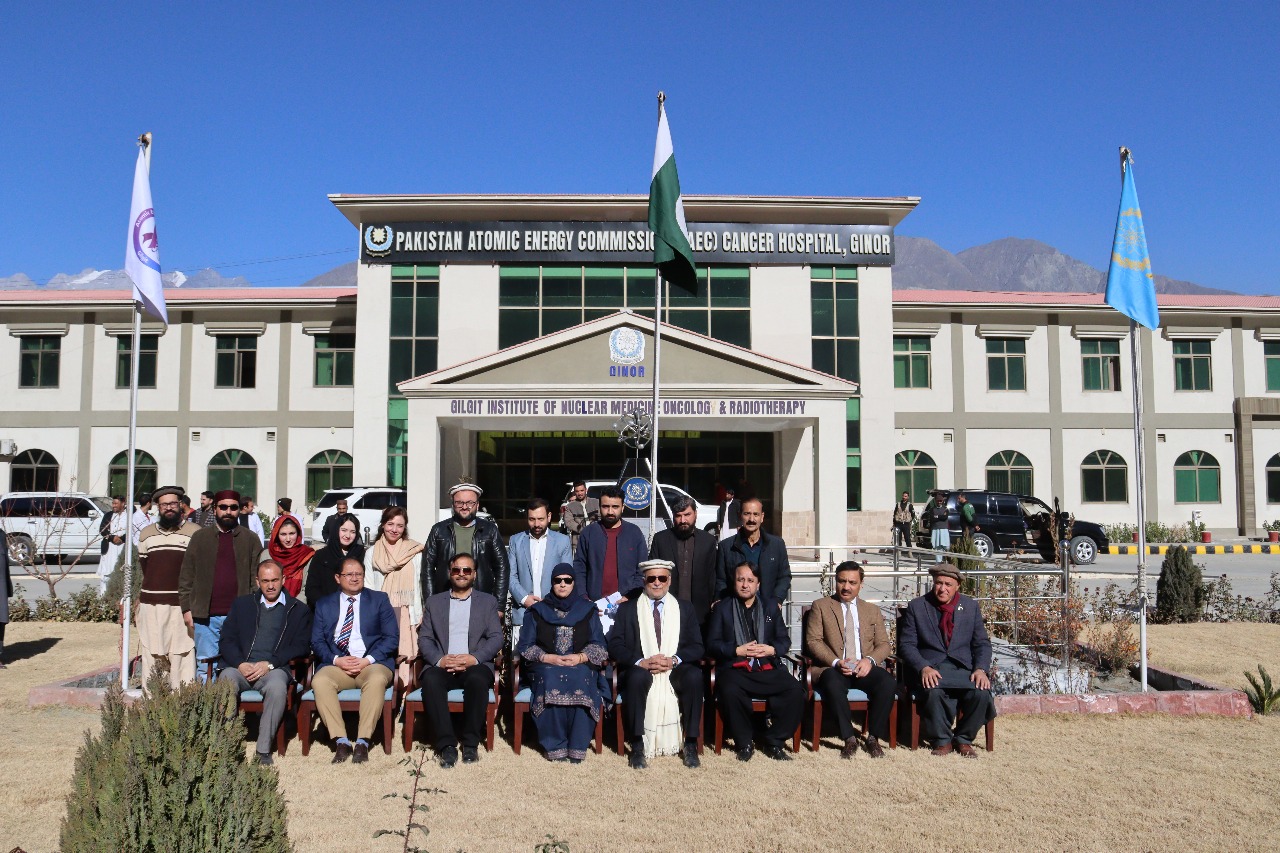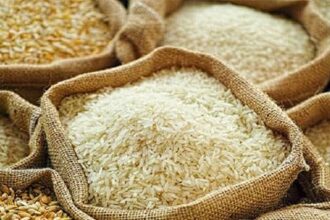
By Dr. Moazzam Khan Durrani
The Sacred Thread: How a Fragment of the Kaaba Weaves History and Holiness at Noor Mahal Museum
Nestled within the opulent halls of Bahawalpur’s Noor Mahal, a palace whispering tales of Abbasid Dynasty and grandeur, lies a museum treasure that transcends mere history. It embodies profound sacred religious value, transforming the visitor experience from one of aesthetic pleasure or regal pride into a moment of quiet sacred reverence. A precious fragment of the Kiswah, the holy covering of the Kaaba in Makkah, known locally as the Khilaf-e-Kaaba.
The development of the Noor Mahal Museum during its renovation unearthed and curated countless artifacts, each adding a layer to the rich tapestry of the Bahawalpur State’s legacy. Yet, the acquisition and display of this Kiswah fragment stand apart. As noted by cultural historians this wasn’t an isolated artifact, but a testament to a deep-rooted tradition of the State of Bahawalpur.
“The rulers of Bahawalpur, “held a longstanding custom of expressing their piety through exquisite craftsmanship. Every year, they used to commission the creation of magnificent coverings – ghilaf – destined for Islam’s holiest sites during the Sate of Bahawalpur glorious past. These weren’t ordinary textiles; they were masterpieces of devotion. Artisans painstakingly embroidered verses from the Holy Quran onto rich fabrics using threads of pure gold and silver, creating offerings of immense spiritual and material value.”
This tradition took on a deeply personal significance in the 1930s. When the then Nawab of Bahawalpur H.H. Sir Sadiq Muhmmad Khan Fifth, himself undertook the sacred pilgrimage of Hajj to Makkah, he carried with him the state’s latest offering: a new, resplendent Kiswah. In a gesture of immense respect and recognition of the Nawab’s devotion and the state’s consistent generosity, the caretakers of the Kaaba presented him with an extraordinary gift – the entire previous year’s Kiswah that his own offering was replacing.
This sacred relic, imbued with the aura of the Kaaba and representing a year of global Muslim prayer and devotion, accompanied the Nawab Sadiq back to Bahawalpur. For decades, it was housed with great honor at the entrance dome to the Coronation Hall in Sadiq Garh Palace, a constant reminder of the state’s deep Islamic faith and its special connection to the heart of Islam.
During the establishment of the Noor Mahal Museum, recognizing the artifact’s universal significance and its power to connect visitors to a deeper spiritual heritage, the noble Abbasid Family (descendants of the Nawabs of Bahawalpur) generously gifted this priceless fragment to the museum. Today, it finds its rightful place within the Bahawal Gallery at Noor Mahal.

The presence of the Kiswah fragment fundamentally alters the atmosphere within its gallery space. Visitors, drawn initially by the palace’s architectural splendor or historical intrigue, often experience a palpable shift upon encountering it. The focus moves from pleasure or pride in the secular grandeur to a sense of the holy and sacred. The intricate gold and silver embroidery, the knowledge of its origin, and its direct link to the Kaaba inspire awe, reflection, and quiet contemplation. It’s a tangible link to Makkah, to centuries of Islamic history, and to the profound personal faith of the rulers who gifted it.
This fragment is more than just a piece of embroidered cloth; it is a sacred symbol woven into the very fabric of Bahawalpur’s identity. It speaks volumes about the state’s enduring legacy of piety, exquisite Islamic artistry, and its cherished connection to the wider Muslim world. As insights reveal, it represents a deliberate tradition of honoring faith through the highest forms of craftsmanship and generosity.
For those journeying to Bahawalpur, a visit to the Noor Mahal Museum is incomplete without seeking out this remarkable artifact in the Bahawal Gallery. Stand before the Kiswah fragment. Observe the delicate, shimmering calligraphy. Contemplate its journey from the holy sanctuary in Makkah, via the hands of a devout Nawab, to its current resting place. In that moment, you connect not only with the glorious past of Bahawalpur but also touch the timeless, sacred heart of Islamic devotion. It transforms Noor Mahal from a palace of earthly power into a sanctuary whispering of heavenly connection.
———————————————————————————————————————
Dr. Moazzam Khan Durrani is an academician in the Department of Anthropology at Islamia University of Bahawalpur. He played a pivotal role in renovating Noor Mahal Museum and collaborates with the University of Cambridge’s MAHSA Project to Mapping and contextualize history through a modern lens.






